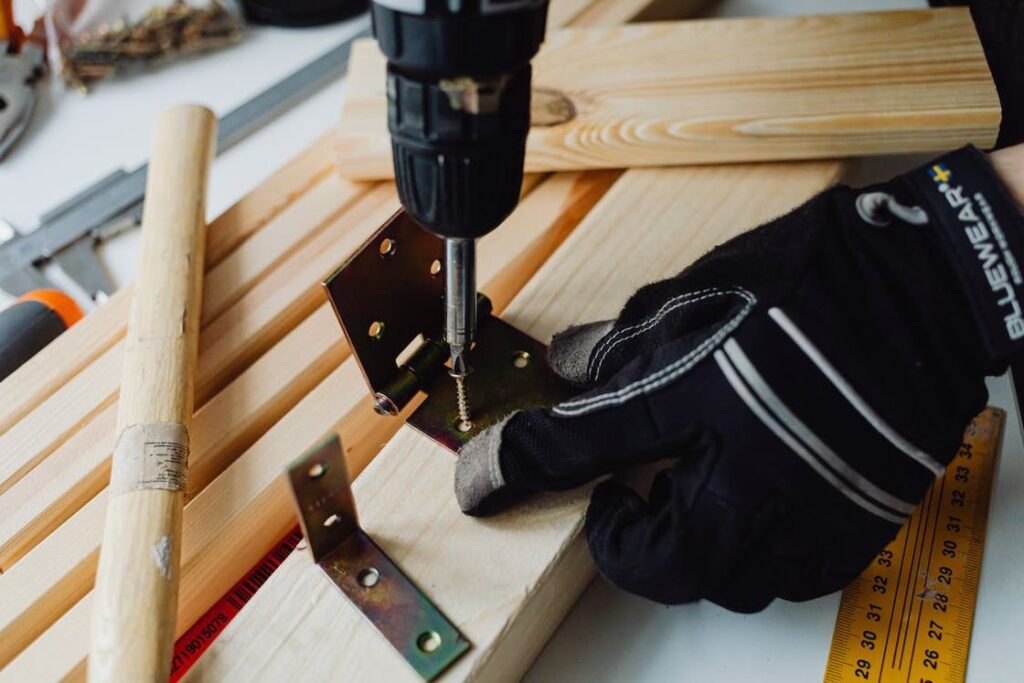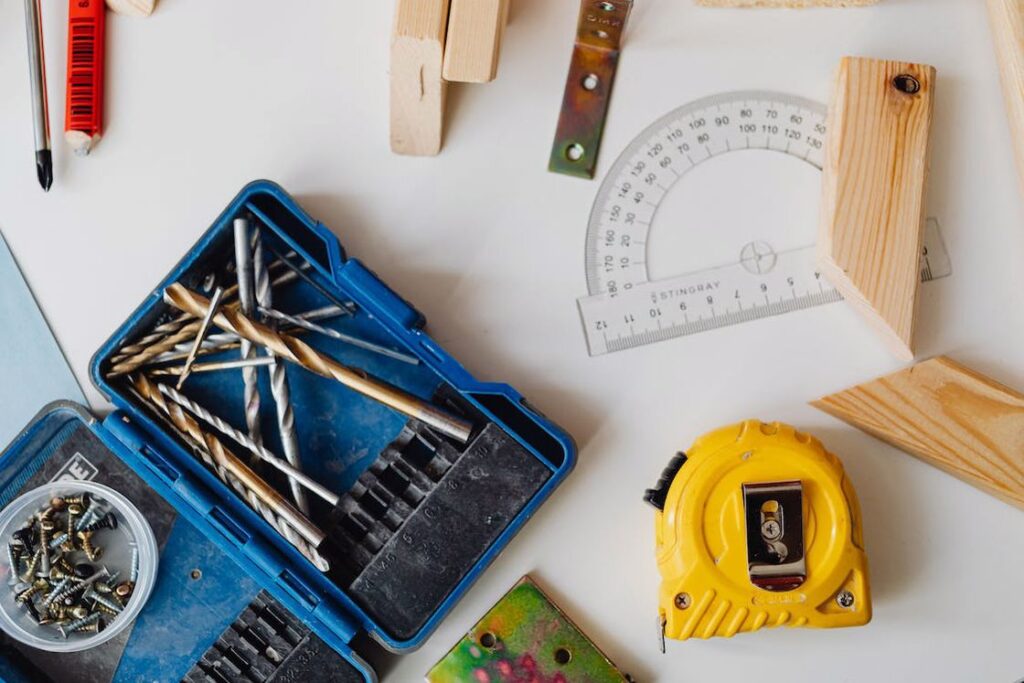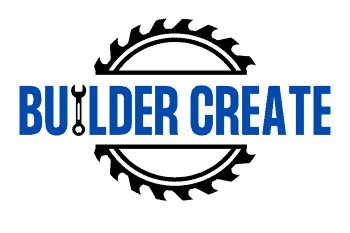#6 screws are part of the standard screw sizes. They are very versatile and work for most wood working projects. If you don’t know what size drill bit you should use for a #6 screw, you definitely should know if you’re into heavy-duty use.
Contents
What Size Drill Bit for a #6 Screw?
There are two main drill bit sizes you need when working with a #6 screw. For softwood, you need a size drill bit of 3/32 inches. For hardwood, you need a size drill bit of 5/64 inches.

Don’t confuse this with taps like the 6-32 tap. This is slightly smaller compared to the uncommon #11 screw that uses a 5/32″ bit size with hardwood.
Additionally, there are other types of #6 screws that may have different drill bit sizes. These include:
- AB self-tapping screws
- Type B self-tapping screws
- Type 25 thread-cutting screws
Tips for Using Small Drill Bits
Stop Every Now and Then
As I mentioned before, drilling causes friction which in turn creates heat. The heat can dull the drill bit, which you must sharpen more often. The heat may also cause deformities in your workpiece, which you want to avoid.
Rest your drill after drilling 2 to 5 light applications to avoid this. Most people would just let their drill bits rest for a minute or two before resuming to drill again.
Another way is to dip the drill into cold water 5 to 20 seconds after drilling to stop it from heating up. This resets the heat threshold allowing you to drill again without worry of overheating.
Use a Drill Press
Drilling with small drill bits requires a lot of accuracy. With a drill press, your accuracy increases significantly and generally produces better results. Most drill presses are built with metalworking features.
It has features that make drilling with small drill bits easier. For example, it has a handle that results in the bit going down into the workpiece at an accurate angle, creating a precise drilling area.

If you’re going to work on a lot of small drill bits in the future, it’s not bad to invest in a drill press with many features related to drilling with small drill bits.
Drill Bit Material Matters
Generally, most drill bits are made for general purposes. This means drill bits can make a decent job drilling holes in most metals. Some drill bits are better for drilling through wood, metal, and concrete.
Most manufacturer’s usually put the recommended bits to use in their packaging. Therefore, you should have a bit of knowledge of what drill bits to use. Here are some examples of drill bit types and what they can offer:
- Carbon steel can be classified into low and high-carbon steel. Low-carbon steel is the cheapest and is mainly used for drilling softwood and some plastics. High-carbon steel is more robust and can be used for hardwood and soft metals.
- High-speed steel is a popular choice because of its superior quality. It’s mainly used to drill wood and used for CNC drilling.
- Titanium is used for its high corrosion resistance. Titanium is mostly used for repetitive mass production of drilling steel, iron, wood, plastic, and other surfaces.
- Cobalt is mainly used for drilling surfaces that HSS bits can’t. Examples of these are stainless steel and other hard materials.
- A carbide tip is extremely durable. It’s mainly used for drilling fiberglass-reinforced plastic and nonferrous heavy metals.
- Diamond – is one of the toughest materials and is mainly used on the toughest surfaces, such as glass and ceramic.
Conclusion
#6 screws are generally used for crafts and children’s furniture. They are available in ½ inch to 1 ½ inch in length. Make sure you use the right drill bit size so that your woodworking projects go smoothly.

